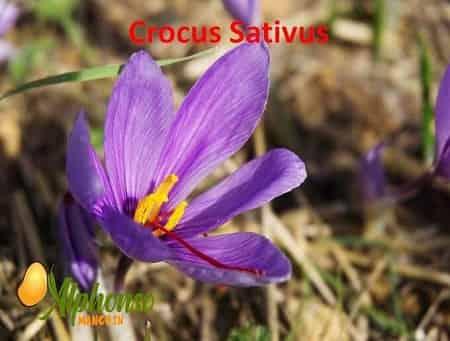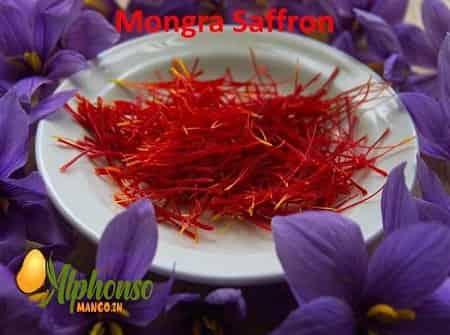
Crocus Sativus online
By Prashant Powle
Crocus Sativus Online We get the spice saffron from Crocus sativus or saffron crocus flower, a plant from the Iridaceae family. Crocus Sativus Buy Online The term autumn crocus is also used...
are saffron crocus edible
buy Crocus sativus
buy Crocus sativus online
buy crocus sativus uk
Buy online Crocus sativus
Buy Online Crocus Sativus kesar
Buy Online Crocus Sativus saffron
can saffron crocus be grown indoors
crocus
crocus and saffron
crocus and saffron difference
crocus for saffron
crocus sativus
crocus sativus 30
crocus sativus amazon
crocus sativus benefits
crocus sativus bulbs
crocus sativus buy
crocus sativus buy online
crocus sativus common name
crocus sativus depression
crocus sativus essential oil
crocus sativus extract
crocus sativus family
crocus sativus flower
crocus sativus flower extract
crocus sativus flower extract for skin
crocus sativus for sale
crocus sativus growing conditions
crocus sativus growing zone
crocus sativus health benefits
crocus sativus hindi name
crocus sativus how to grow
crocus sativus i
crocus sativus in hindi
Crocus Sativus in marathi
crocus sativus in tamil
Crocus Sativus kesar
crocus sativus l
crocus sativus linn
crocus sativus medicinal uses
crocus sativus mother tincture
crocus sativus oil
Crocus sativus online
crocus sativus plant
crocus sativus plants for sale
crocus sativus price
crocus sativus pronunciation
crocus sativus q
crocus sativus saffron
Crocus Sativus Safron
crocus sativus side effects
crocus sativus stigma
crocus sativus stigma extract
crocus sativus uk
crocus sativus uses
crocus sativus where to buy
crocus sativus wikipedia
crocus sativus zafferano
Health Benefits of Crocus Sativus
how to grow crocus sativus
how to plant crocus sativus
how to plant crocus sativus bulbs
indian kesar
Indian keshar
indian saffron
is crocus saffron
is saffron crocus perennial
saffron (crocus sativus) production and processing
saffron and crocus
SAFFRON CROCUS
what is crocus sativus
when to plant crocus sativus
where can i buy crocus sativus
where does crocus sativus grow
where to buy crocus sativus
where to buy crocus sativus bulbs
Read more

